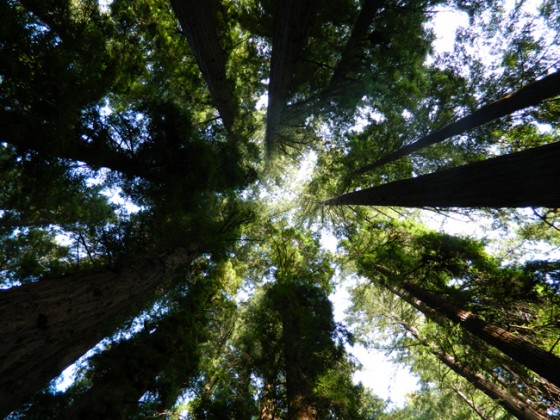Climate Explains Why West Coast Trees Are Much Taller Than Those in the East
By Brian Palmer, Published: April 30
 Last year, a team of climbers led by arborist Will Blozan measured the tallest tree in the eastern United States: a 192-foot tulip tree in the Great Smoky Mountains. Although the achievement was significant, it served to emphasize just how puny Eastern trees are compared with the giants along the Northern California coast.
Last year, a team of climbers led by arborist Will Blozan measured the tallest tree in the eastern United States: a 192-foot tulip tree in the Great Smoky Mountains. Although the achievement was significant, it served to emphasize just how puny Eastern trees are compared with the giants along the Northern California coast.
The current height champion out West is Hyperion, a 379-foot coast redwood standing somewhere in California’s Redwood National Park. (Researchers have kept the precise location quiet to protect the world’s tallest tree.) That’s just a shade under double the size of the tallest Eastern tree. In fact, even the average coast redwood grows more than 100 feet taller than any tree in the East.
And the height disparity isn’t limited to redwoods. Douglas firs in the western United States and Canada might have grown close to 400 feet tall before logging eliminated the tallest representatives of the species. (There are historical accounts of equally tall mountain ash trees in Australia around a century ago, but those have suffered the same fate as the tallest Douglas firs and redwoods.)
There’s no denying it: Trees are simply taller out in the West. But why?
To find out, read the complete article at The Washington Post.
